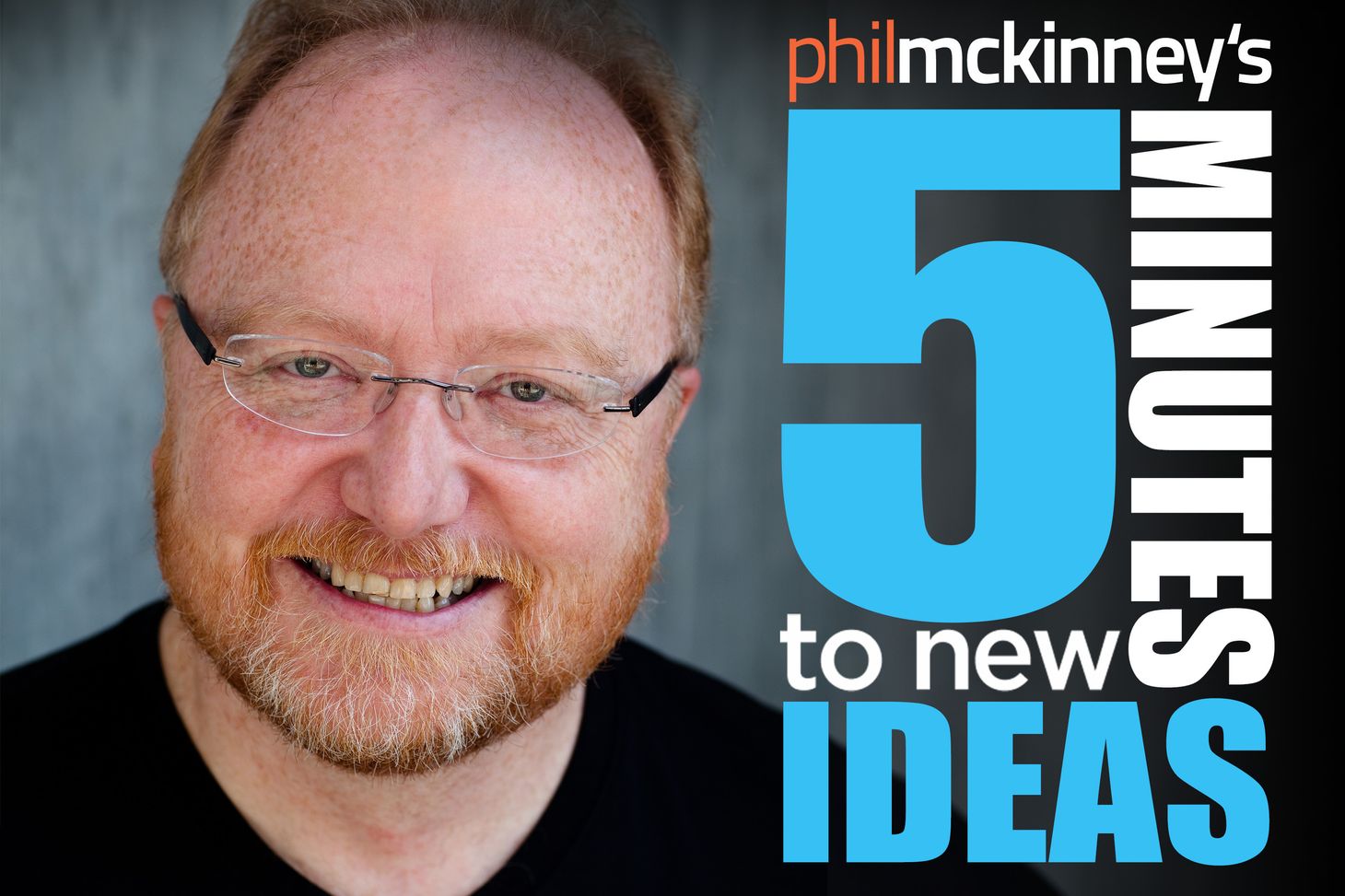Time Management

As it says in Psalm 90:10, we are allotted threescore and ten years to do with as we please. Of that, we will spend the equivalent of twenty-three years and four months of it asleep. We will work nineteen years eight months practicing our religion and ten years and two months in recreation. We will spend six years and ten months -- eating and drinking. Six years will be spent traveling. Four years are spent in illness.
Time is one of those resources that we never seem to have enough of. It is a perishable resource. You can’t put it on the shelf for use later. We are given 1440 minutes every day and once it is gone it is gone.
While many will just go through their day as they always have, others have found ways to prioritize what is important when it come to time.
Travel Time
There is a story of a life insurance agency in which the underwriters came to work at 7:00 AM. They leave for home a few minutes before 4:00 PM. By doing that, they reduce their daily travel time from two hours to just 40 minutes. They miss the rush hour traffic. The result is a net profit of well over six hours per week, or 25 hours a month. The yearly savings over a period of 50 weeks is 300 hours. That is the equivalent of more than seven 40-hour weeks. Not a bad way to add seven weeks to the year. An additional benefit, or dividend, is that the hours from seven to nine o’clock in the morning are typically quiet and they can get twice as much work done.
So is the work from home person out of luck in finding a way to save time? No.
George Bernard would regularly share a valuable lesson about time management. When asked why he wore a beard, he said that at first, it was for vanity, but later, he said, it was common sense. The commonsense reason was that he had written several plays in the time saved by not shaving. For most of us men, shaving takes about an hour a week, or 50 hours a year. That’s a week's worth of work.
Unorthodox Time Savings
For some reason, people seem curious as to why I wear the same thing every day. Black golf shirt, blue jeans and the same style of cowboy boots I’ve worn for years. Why? As I’ve shared before, early mornings are very precious for me as that is my time to write -- to be creative -- without distraction. My monochromatic style is born out of my desire to reduce or eliminate cognitive load. The thought of getting up in the morning and needing to make yet one more decision such as what color shirt or pants to wear is too much. Switching decision context from thinking about what I’m working on creatively to what color shoes match what I’m wearing disrupts my subconscious mini-brainstorms. By wearing the exact same thing every day, I can keep my subconscious working creatively all the way to work and gain an extra hour of ideas not to mention not losing time standing in my closet wondering what to wear. The added benefit? I can pack for a trip in half the time it used to take me.
Time For Innovation
When it comes to translating ideas to innovations, time limiting the early efforts on an idea forces everyone to make sure that the idea is worth this highly valuable resource. If the idea is worth it great, put more time behind it. If not, then stop and reallocate the resources to the next best idea. This is what is called managing your opportunity cost.
Opportunity Cost
How should you think about opportunity costs? David Henderson of the Hoover Institue describes it as looking at the value of the next-highest-valued alternative use of that resource. If, for example, you spend time and money going to a movie, you cannot spend that time reading a book, and you cannot spend the money on something else. If your next-best alternative to seeing the movie is reading the book, then the opportunity cost of seeing the movie is the money spent plus the pleasure you forgo by not reading the book.
So, if you mismanage the time your team works on innovation, whatever they are not able to work on is your opportunity cost.
Is It Worth It?
You need to step back and ask yourself the hard question. Is what we are working on right now worth the opportunity cost of not working on something else?
What ways could you help your teams save time from things of low value so they have more time to work on activities of higher value? Maybe one or two fewer meetings a week?
How will you prioritize your 1440 minutes today?




